What is a Metal Polishing Machine?
A metal polishing machine is a device designed to smooth and shine metal surfaces by removing imperfections such as scratches, oxidation, and contaminants. It achieves this through mechanical processes involving abrasive materials.
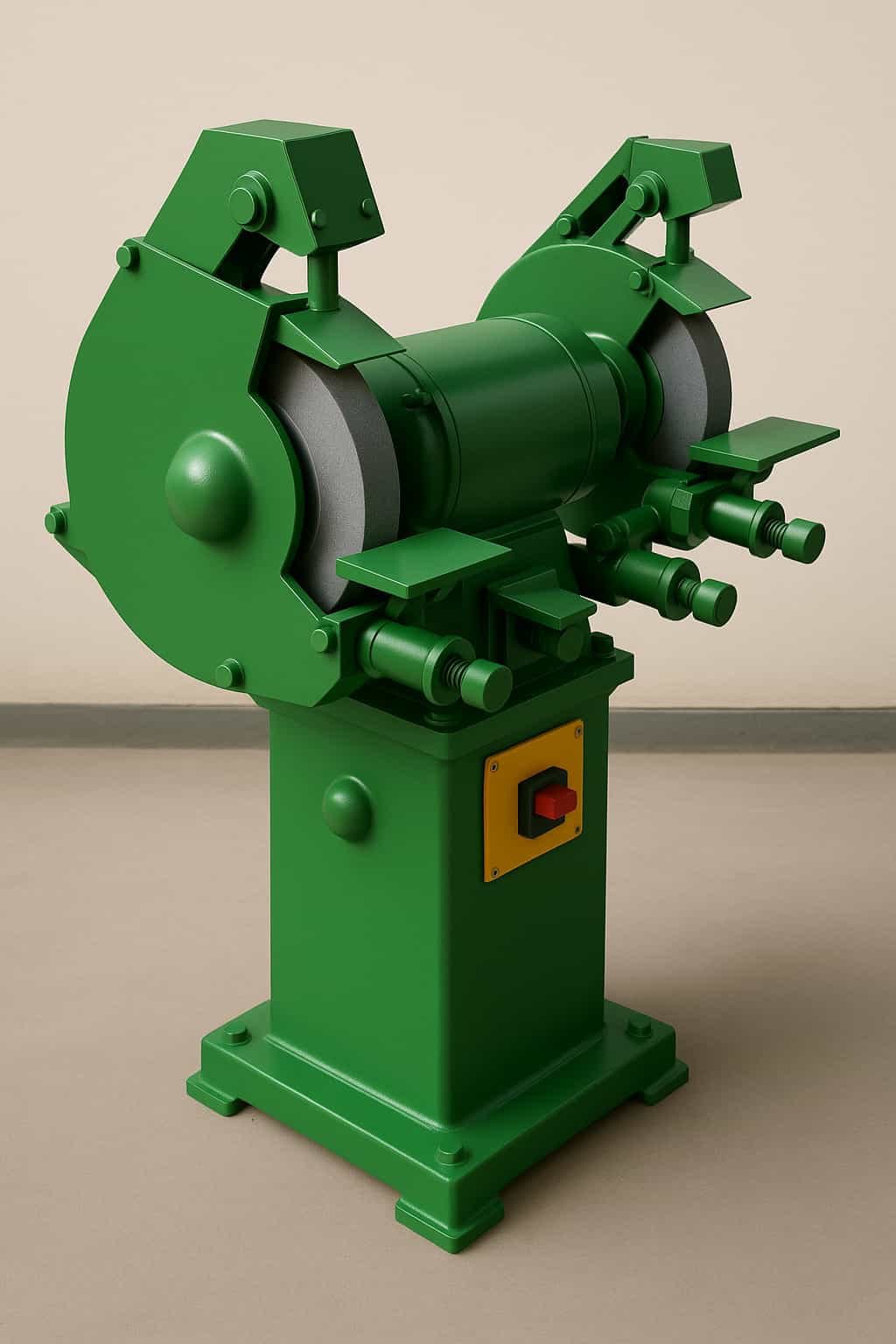
Key Functions
- Surface Smoothing: Removes rough edges and imperfections.
- Shining: Enhances the metal’s reflective properties.
- Cleaning: Eliminates contaminants like rust and dirt.
Types of Metal Polishing Machines
- Bench Grinders: Stationary machines with rotating wheels.
- Portable Polishers: Handheld devices for flexibility.
- Vibratory Polishers: Use vibration to polish multiple items simultaneously.
How It Works
- Preparation: Attach the appropriate abrasive material.
- Polishing: Apply the machine to the metal surface.
- Finishing: Use finer abrasives for a high-gloss finish.
Metal polishing machines are essential in industries like automotive, aerospace, and manufacturing for maintaining high-quality metal finishes.
How to Polish a Vintage Metal Sewing Machine
To polish a vintage metal sewing machine, clean the surface with a mild soap solution, then apply a metal polish using a soft cloth, and finally buff it to a shine with a microfiber cloth.
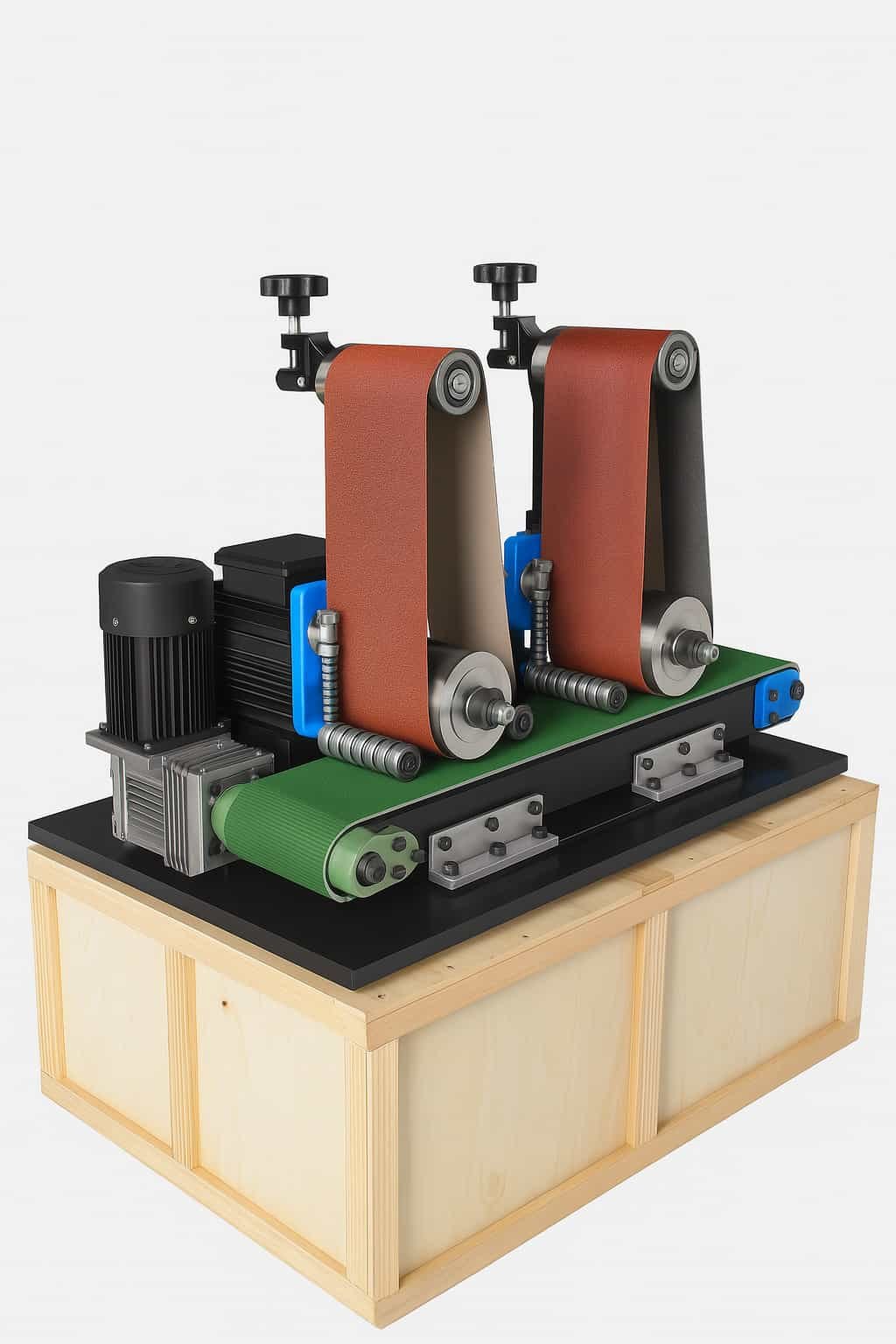
Step-by-Step Process:
- Clean the Surface:
- Mix mild soap with warm water.
- Dampen a soft cloth in the solution.
- Wipe the machine to remove dirt and grime.
- Apply Metal Polish:
- Choose a suitable metal polish.
- Apply a small amount to a soft cloth.
- Rub the polish onto the metal parts in a circular motion.
- Buff to Shine:
- Use a clean microfiber cloth.
- Buff the polished areas to achieve a shiny finish.
Tips:
- Avoid abrasive materials to prevent scratches.
- Test the polish on a small area first.
- Follow manufacturer guidelines if available.
How Metal Machines Work
Metal machines function through a combination of mechanical, electrical, and often hydraulic systems to perform specific tasks. They convert raw materials into finished products through processes like cutting, shaping, and assembling.
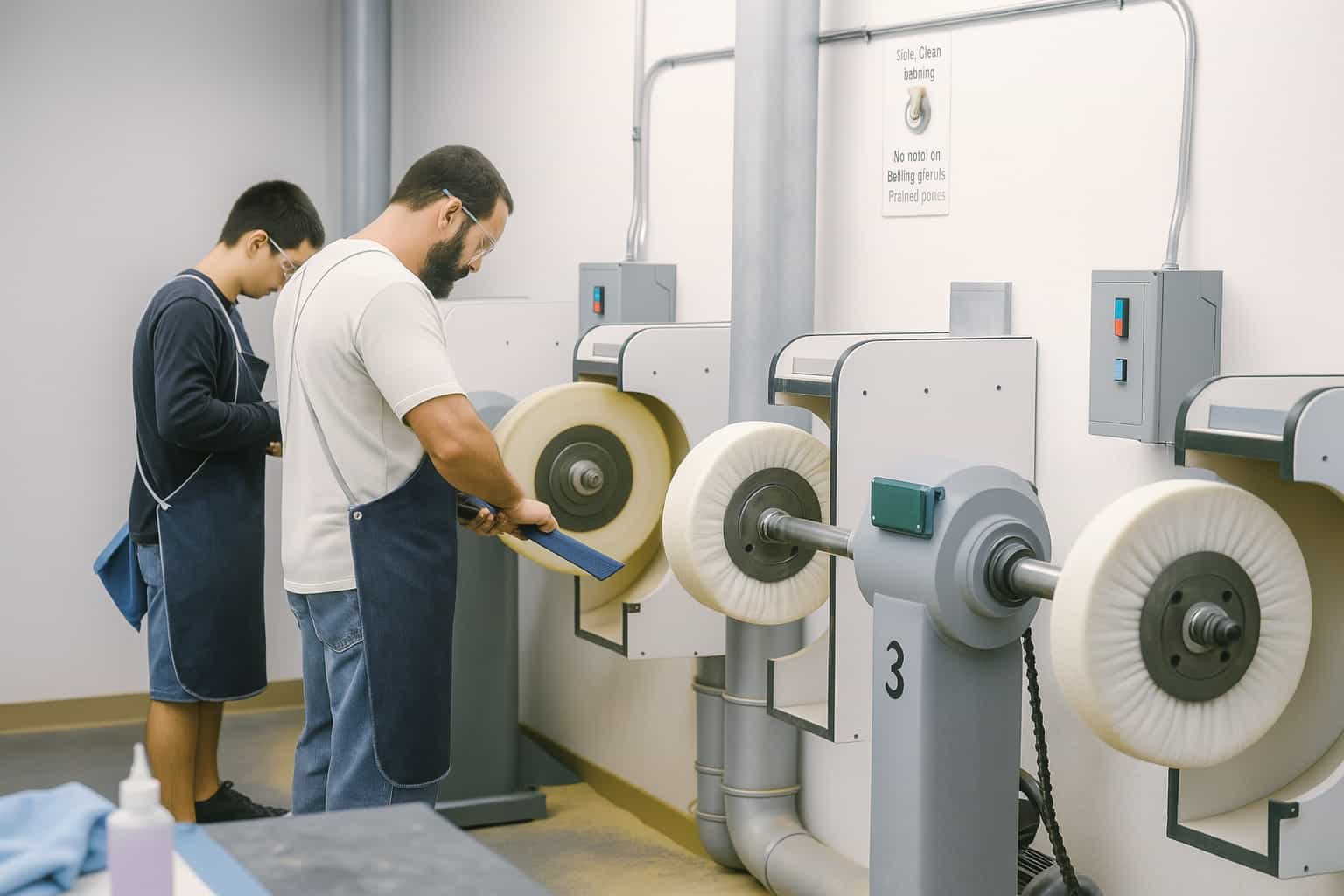
Key Components and Processes
- Mechanical Systems: Utilize gears, levers, and motors to drive movement.
- Electrical Systems: Power the machines and control the precision of operations.
- Hydraulic Systems: Provide the force needed for heavy-duty tasks using pressurized fluids.
Working Principles
- Cutting: Blades or lasers slice through metal.
- Shaping: Presses and molds form metal into desired shapes.
- Assembling: Automated arms or manual processes join parts together.
Example
In a CNC (Computer Numerical Control) machine:
- Input Design: CAD software designs the part.
- Programming: CAM software converts the design into machine-readable code.
- Operation: The machine follows the code to cut and shape the metal.
Metal machines integrate these systems to efficiently produce high-quality metal products.
Applications of Industrial Metal Polishing Machines
Industrial metal polishing machines are extensively used in various sectors to achieve smooth, shiny, and corrosion-resistant metal surfaces. They enhance durability, aesthetic appeal, and functionality of metal products.
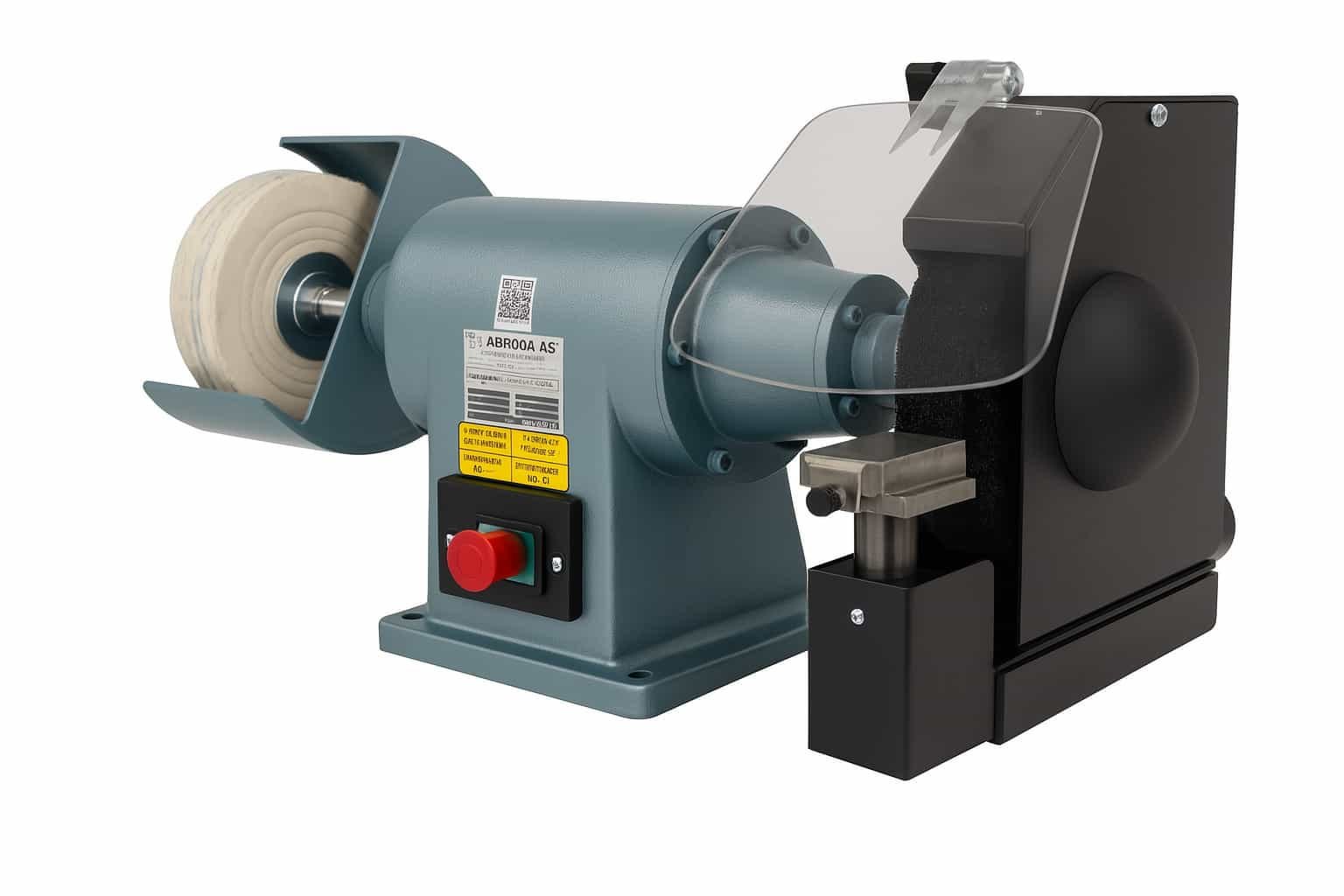
Key Applications:
- Automotive Industry:
- Polishing car parts for aesthetic appeal.
- Ensuring smooth surfaces for better aerodynamics.
- Aerospace:
- Improving component performance.
- Reducing friction and wear on critical parts.
- Medical Devices:
- Creating hygienic, easy-to-clean surfaces.
- Ensuring precise and smooth surgical instruments.
- Manufacturing:
- Enhancing product quality and longevity.
- Preparing metals for further processing like coating or painting.
- Jewelry Making:
- Achieving high-gloss finishes on precious metals.
- Ensuring no sharp edges for safety and comfort.
Industrial metal polishing machines are crucial for maintaining high standards in product quality across various industries.
Common Challenges in Industrial Metal Polishing
Industrial metal polishing often faces challenges such as inconsistent finishes, high labor costs, and equipment wear. These issues can affect both the quality and efficiency of the polishing process.
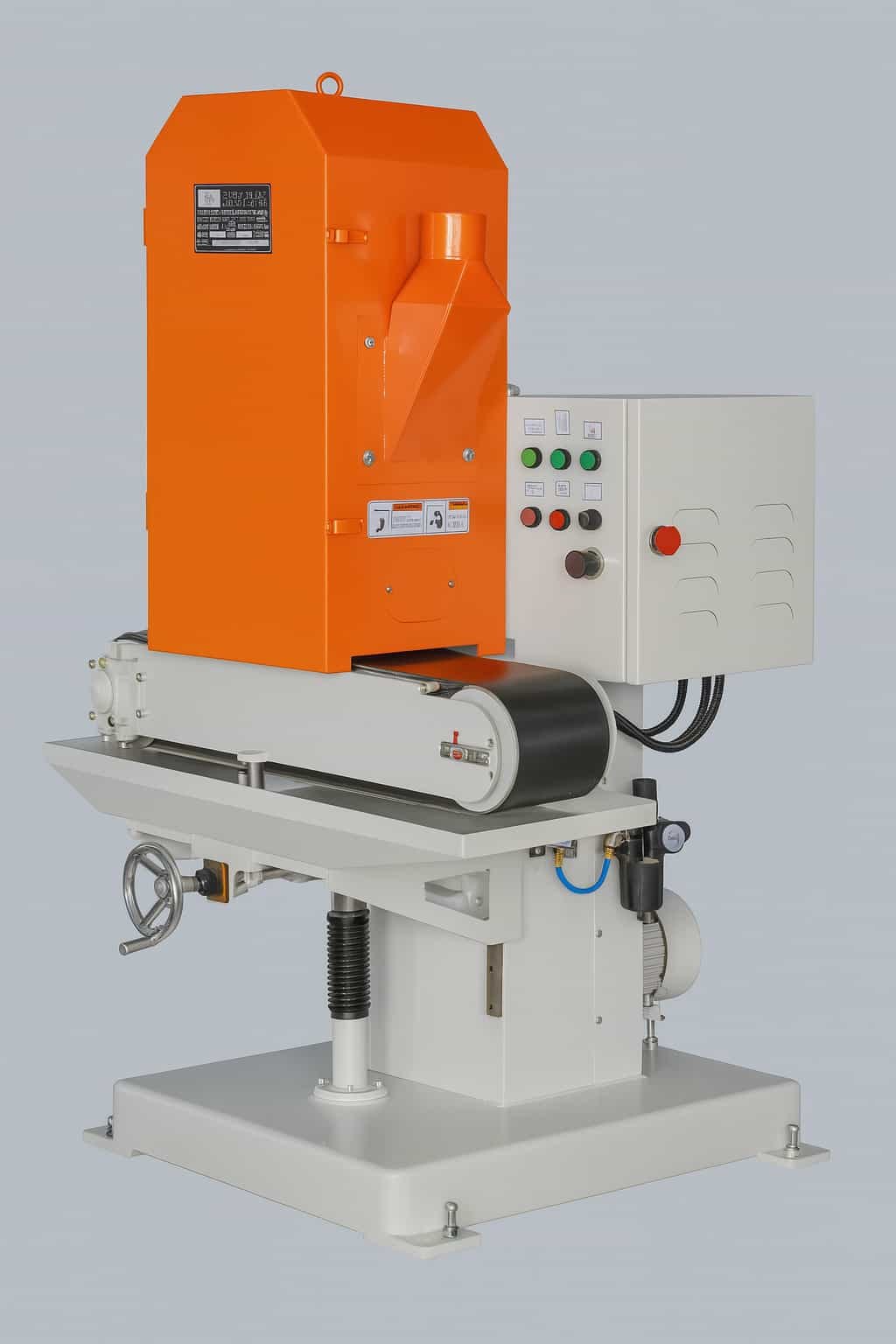
Key Challenges:
- Inconsistent Finishes: Variations in surface texture and appearance can result from uneven pressure, improper technique, or subpar materials.
- High Labor Costs: Manual polishing is labor-intensive, requiring skilled workers to achieve the desired finish, thus increasing operational costs.
- Equipment Wear: Polishing machines and tools undergo significant wear and tear, leading to frequent maintenance and replacement needs.
Solutions:
- Automation: Utilizing robotic systems can reduce inconsistencies and labor costs.
- Quality Materials: Investing in high-quality abrasives and polishing compounds enhances the finish and reduces material-related issues.
- Regular Maintenance: Scheduled maintenance of equipment can prolong its lifespan and ensure consistent performance.
Addressing these challenges effectively can lead to improved productivity and product quality in industrial metal polishing.

